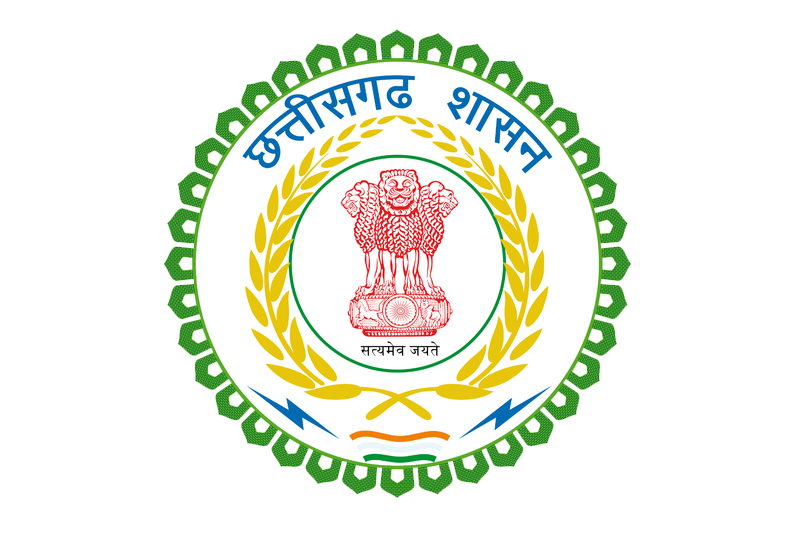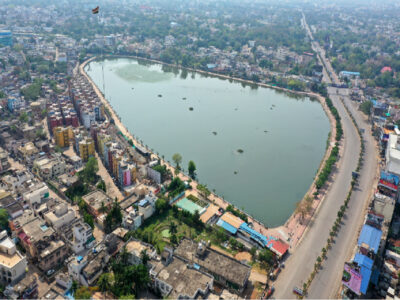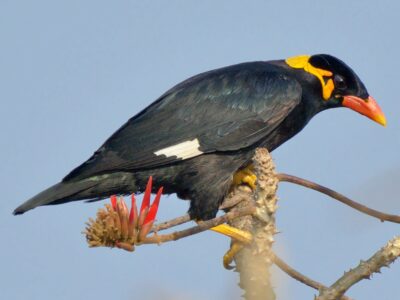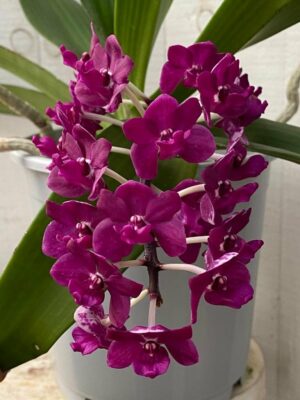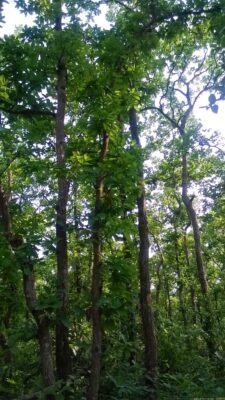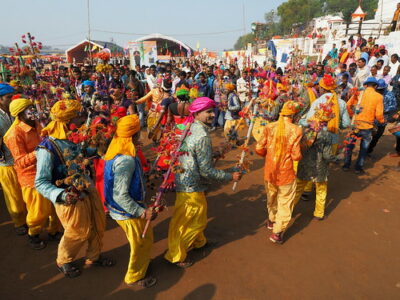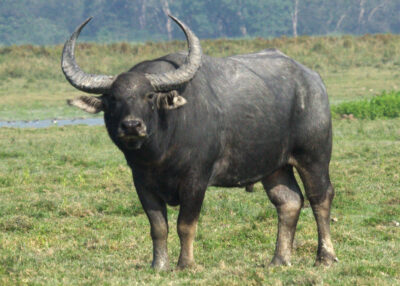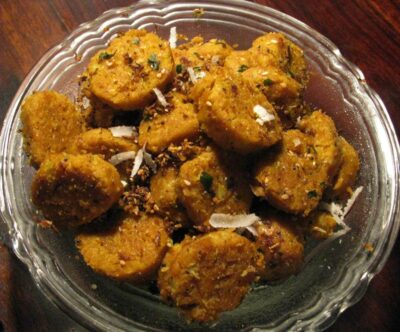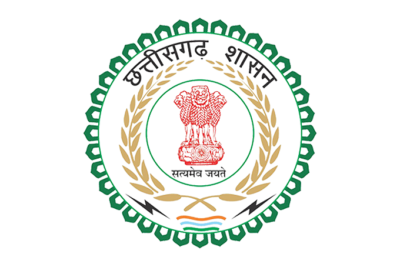State Symbols of Chhattisgarh
Last updated on July 31st, 2024 by Editorial Staff
By Naeem Noor | Updated on July 31, 2024
Reviewed by Rittika
Chhattisgarh is a state in eastern India with the ninth-largest state and the country’s 17th most populous state. It is one of the fastest-growing states in India. Uttar Pradesh and Jharkhand surround on the north and northeast, on the east by Odisha (Orissa), on the south by Telangana (previously part of Andhra Pradesh), and on the west by Maharashtra and Madhya Pradesh. Raipur is the state capital. The Mahanadi, Ganga, Godavari, and Narmada rivers are the state’s four main catchment areas. The major rivers that flow through this area are Mahanadi, Shivnath, Arpa, Indravati, Sabari, Leelagar, Hasdo, Pairi, and Sonder. The Mahanadi is Chhattisgarh’s lifeline.
The current Chief Minister is Shri Bhupesh Baghel, and Shri Anusuiya Uikey is the current governor of Chhattisgarh. Chhattisgarhi is the native language that local people speak.
Demographic Profile
With a total geographic area of 2891.98 square kilometers and a population density of nearly three crores, Chhattisgarh is one of the most populous states in India. The literacy rate is 83.70%, and the sex ratio of Chhattisgarh is 994 women per 1000 males.
Climatic
The climate of Chhattisgarh is tropical. Because of its proximity to the Tropic of Cancer and reliance on the monsoons for rain, it is hot and moist in the summer. Summer temperatures in Chhattisgarh can reach 49 degrees Celsius (113 degrees Fahrenheit). From late June to October, the monsoon season provides a pleasant break from the heat. Rainfall in Chhattisgarh averages 1,292 millimeters (50.9 in). The winter season lasts from November to January. Winters are nice because of the lower temperatures and lower humidity levels. Ambikapur, Mainpat, Pendra Road, Samri, and Jashpur are among the state’s coldest locations.
Wildlife and Natural Vegetation
The eastern and south-eastern frontiers of Chhattisgarh are characterized by moist deciduous plant life, however, this flora is replaced by dry deciduous vegetation in the core of the state, which often degenerates into the scrub. Teak and Sal are the most valuable hardwoods (Shorea robusta). Salai trees provide a resin that is used for incense and medicinal, while tendu trees produce leaves that are used for rolling bidi (Indian cigarettes). Bamboo is abundant and used for a variety of reasons.
Tigers, striped hyenas, and blackbucks are among the species that live in the forests. The chital (spotted deer), gaur (a type of wild buffalo), sambar deer, sloth bear, wild boar, and four-horned antelope, among others, are among the other species. The state animal of Chhattisgarh is the Wild Buffalo, and the state bird is the Hill Myna.
Economy
About half of Chhattisgarh’s land is used for agriculture, while the rest is either covered in forest or unsuitable for cultivation. According to the All India Scheme of Soil Classification, the Chhattisgarh region is classified as “Red and Yellow Soils.” Other soil types found in Chhattisgarh include laterite, black, red sandy, and red loamy.
Approximately three-quarters of the cropland is cultivated. The central lowland plain, known as the country’s rice bowl, provides grain to hundreds of rice mills. The highlands are dominated by maize and millet. Cotton and oilseeds are the region’s most important commercial crops. In many parts, agriculture is still defined by the use of manual cultivation methods; farmers in the basin have been particularly sluggish to adopt mechanized farming practices.
Cultural life (Art, Music, and Cuisines)
Chhattisgarh’s cultural life includes a mash-up of tribal dances, folk songs, traditional art and crafts, regional festivals, and fairs. Tribal people maintain their rich culture in a modest and pious manner. The people of Chhattisgarh are simple, and they adhere to ancient traditions and customs. Maize, wheat, and jawar are the key ingredients in Chhattisgarh cuisine. The residents of the state enjoy acidic foods as well as sweet ones. As a result, the state’s most popular foods include jalebis, petha, and rakhia badi. Food can be divided into two categories: tribal and non-tribal. The most common dress among women in Chhattisgarh is the saree, while the most popular outfit among men is the dhoti, dhotis, and headgear such as cotton turbans.
Panthi and Raut Nacha are two of Chhattisgarh’s most popular folk dances.
Tourism
Chhattisgarh is amongst the few landlocked states in central India and is a treasure trove of natural beauty. Tourists who want to see the unadulterated side of nature will feel quite at home here. You fell in love with it because of its rusticity. The state is covered in dense forests, which are home to a variety of tribes, each with its own rituals, traditions, and way of life. Ancient temples and towns, which have long interested historians and archaeologists, are also tourist attractions in Chhattisgarh. There are numerous wildlife reserves that are home to a diverse range of animals, with the gaur never failing to astonish viewers. Dams, museums, and waterfalls are among the other must-see tourist sites.
Chhattisgarh has a variety of tourist sites ranging from natural to archaeological significance. The state is a magnificent site to experience nature’s masterpieces, with the Satpura Mountain Range, Chota Nagpur Plateau, and various rivers crisscrossing the entire span. Chitrakote Falls, Chitradhara Falls, Gavar Ghat Falls, and Tiratgarh Falls are among the most notable waterfalls in Chhattisgarh. The Kotusmar Caverns, Kailash Caves, and Singhanpur Cave are examples of caves that not only include interesting stalagmites and stalactites but also have historical value. Wildlife sanctuaries, national parks, springs, and river valleys are among the other natural features. Malhar, Barsoor, Sirpur, Surguja, Ratanpur, and Thinthini Patthar are all archaeology hotspots.
State Information
| Official Language | Chhattisgarhi and Hindi |
| State Rank | 9 |
| Demonym(s) | Chhattisgarhi |
| Nickname | N/A |
| ISO | IN-CT |
| Formation Date | 1 November 2000 |
| Coordinates | Lat: 21.2787° N, Long: 81.8661° E |
| Area |
State seal
Motto of Chhattisgarh
State symbols of Chhattisgarh 👇
-
State capitalRaipur
-
State birdHill myna
-
State flowerRhynchostylis gigantea
-
State fruitWatermelon
-
State treeSal
-
State danceRaut Nacha
-
State animalWild water buffalo
-
State dishIddhar (unofficial)
